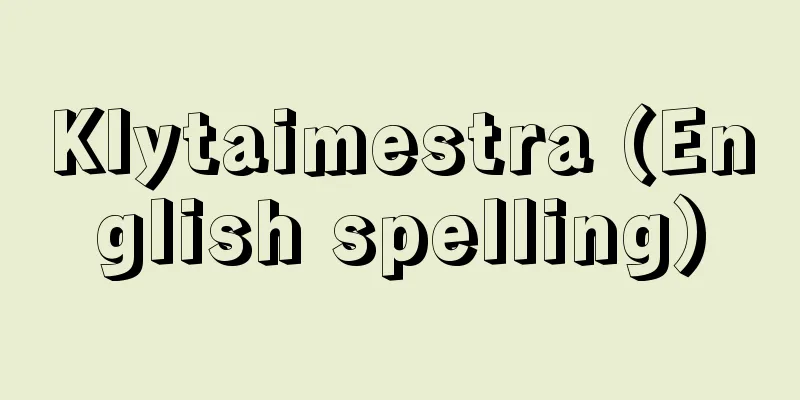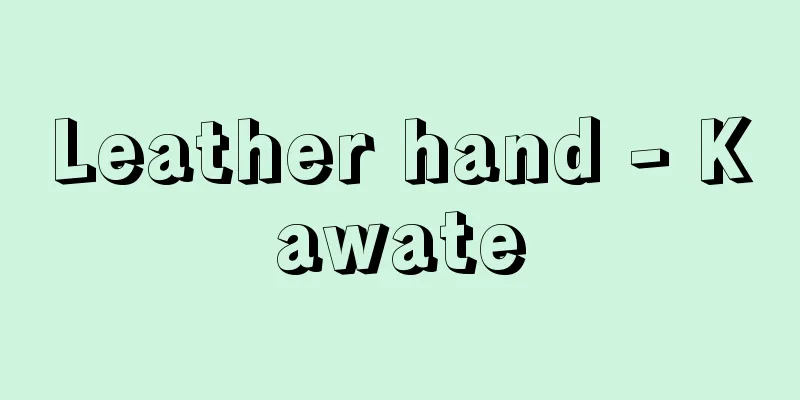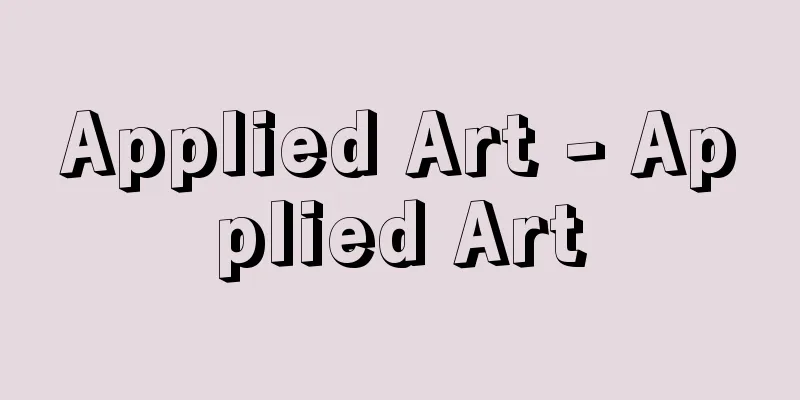Control engineering

|
Control refers to manipulating a target situation to a desired state. In particular, when a machine autonomously executes control without human intervention, it is called automatic control, and a system that realizes the control function is called a control system. Control engineering is an engineering field that systematizes knowledge related to the design of equipment to configure a control system, system analysis, system design, and the underlying control theory and applications. This field is made up of the following areas: measurement technology for collecting information on the controlled object, modeling technology for the object, classical control theory, modern control theory, control device technology for realizing the control operation, actuator technology for acting on the object, etc. Among these, control theory is diversified depending on the object and method, so please refer to the section on control theory. Control can be broadly divided into manual control, which is performed by humans, and automatic control, which is performed by machines without human intervention. The subject of control engineering is automatic control. Automatic control can be broadly divided into open-loop control and closed-loop control, depending on the method used. In open-loop control, a control signal flows in one direction, from the control target and action settings to the actuator that acts on the controlled object, and sequence control is a typical example. In closed-loop control, a signal indicating the control result is returned to be compared with a set target value, and corrective action is taken. Since the control signal is fed back, it is called feedback control. The range of applications of these control technologies is extremely wide. The operations of micro-scale electronic devices, powerful fluid machinery, metal and chemical plants, and even aircraft and ships are automated using automatic control technology, and are subject to control engineering applications. Traditional engineering is vertically specialized depending on what is to be created. However, in control engineering, common theories, methods, and design technologies can be applied to a wide range of subjects using information as a keyword. Therefore, control engineering, which brings all of these together, is not vertically divided by subject, but has a horizontal structure that crosses most engineering fields. This is an important characteristic of control engineering. Control engineering, like measurement engineering, is an interdisciplinary field, and its reason for existence as an independent field has not been widely recognized. The results of vertically specialized technology are easily seen by the general public as manufactured "things" and are easily understood, but the value of transdisciplinary technology results is not easily seen because they are embedded in "things" as "functions." Moreover, the word "interdisciplinary" itself implicitly assumes a vertical structure of technology and academics. However, the development of automation technology in modern society has been remarkable, and while the importance of control technology is widely recognized, the limitations of vertical academics and technologies have become apparent. In the newly opened world of technology, not only is the importance of transdisciplinary science and technology strongly recognized in both academia and industry, but the recognition that the structure of transdisciplinary engineering itself is the way it should be is also being formed. [Hiroo Yamazaki] "Automatic Control Handbook: Basics" and "Automatic Control Handbook: Equipment and Applications" edited by the Society of Instrument and Control Engineers (1983, Ohmsha)" ▽ "Iwai Sosuke, Control Engineering Fundamentals" (1991, Shokodo)" ▽ "Shibata Hiroshi, Fujii Tomoo, and Ikeda Yoshihiro, Control Engineering Fundamentals, New Edition (2001, Asakura Publishing)" ▽ "Kitagawa Nori, Horikomi Yasuo, and Ogawa Yuichi, Automatic Control Engineering (2001, Morikita Publishing)" ▽ "Control Engineering: Stepping Up from the Basics" edited by Ohinaga Goro, Ikeura Yoshiatsu, and others ▽ " System Control Engineering: Basics" edited by Terashima Kazuhiko, Katayama Noboru, and others (all 2003, Asakura Publishing)" ▽ "Shimada Yuzo, An Easy-to-Understand Introduction to Control Engineering: For Learning Electrical, Mechanical, and Aerospace Systems" (2004, Sangyo Tosho)" [Reference] | | | | | |Source: Shogakukan Encyclopedia Nipponica About Encyclopedia Nipponica Information | Legend |
|
対象の状況を望ましい状態になるように操作することを制御という。とくに、制御を人の手を介さずに機械が自律的に実行する場合を自動制御とよび、制御の機能を実現するシステムを制御システムという。制御工学は制御システムを構成するための機器の設計、システムの解析、システム設計、さらに背景となる制御理論と応用などに関する知識を体系化した工学である。 その分野は次の諸分野から形成される。制御対象の情報を収集する計測技術、対象のモデリング技術、古典制御理論、現代制御理論、制御動作を実現する制御機器技術、対象に作用するアクチュエーター技術などである。このなかで、制御理論は対象や手法により多様化されているので制御理論の項を参照されたい。 制御は人間の手による手動制御と、人間の手によらないで機械が実行する自動制御に大別される。制御工学の対象は自動制御である。 自動制御は方式により開ループ制御と閉ループ制御に大別される。開ループ制御は制御の目標や動作の設定から制御対象に作用するアクチュエーターまで制御信号が一方向に流れる方式でシーケンス制御が代表的である。閉ループ制御では制御の結果を示す信号が設定された目標値と比較されるために戻り、訂正動作が行われる。制御信号がフィードバックされるのでフィードバック制御とよばれる。これらの制御技術が応用される範囲は非常に広い。マイクロスケールの電子機器や強力な流体機械、金属や化学プラントなどから航空機や船までが自動制御技術により動作が自動化されており、制御工学応用の対象である。 従来の工学は、なにをつくるか、その対象により縦割りに専門化されている。しかし、制御においては広範囲の対象に対して情報をキーワードとして共通の理論や手法、設計技術などが適用可能である。したがって、それらを集約した制御工学は対象別の縦割りではなく、ほとんどの工学分野を横断する横型構造をもつ。それが制御工学の重要な特徴である。 制御工学は計測工学などともに学際的な性格をもつ学問として、独立した存在理由が十分広く認識されていなかった。縦割りの専門技術による成果はつくられた「物」として一般の人たちの目に触れやすく容易に理解されるが、横断型の技術成果は「機能」として「物」に埋め込まれるので、その価値がみえにくく容易に理解されなかったためである。それに学際的ということば自体が技術や学問の縦割り構造を暗黙の前提にしている。しかし、現代社会における自動化技術の発展は目覚ましく、制御技術の重要性が広く認められる一方で、縦割りの学問や技術の限界がみえてきた。新しく切り開かれる技術の世界においては、横断型学問や技術の重要性は学問と産業界の両方において強く認識されただけでなく、横断型工学の構造自体が本来あるべき構造であるという認識も形成されつつある。 [山﨑弘郎] 『計測自動制御学会編『自動制御ハンドブック 基礎編』『自動制御ハンドブック 機器・応用編』(1983・オーム社)』▽『岩井壮介著『制御工学基礎論』(1991・昭晃堂)』▽『柴田浩・藤井知生・池田義弘著『制御工学の基礎』新版(2001・朝倉書店)』▽『北川能・堀込泰雄・小川侑一著『自動制御工学』(2001・森北出版)』▽『大日方五郎編著、池浦良淳他著『制御工学――基礎からのステップアップ』』▽『寺嶋一彦編著、片山登揚他著『システム制御工学 基礎編』(以上2003・朝倉書店)』▽『嶋田有三著『わかる制御工学入門――電気・機械・航空宇宙システムを学ぶために』(2004・産業図書)』 [参照項目] | | | | | |出典 小学館 日本大百科全書(ニッポニカ)日本大百科全書(ニッポニカ)について 情報 | 凡例 |
>>: Anthology of Vocal Music - Seikyokuruisan
Recommend
Marina Ivanovna Tsvetaeva (English spelling)
A Russian female poet. Daughter of I. V. Tsvetaev...
Shield
A defensive tool used to protect oneself from ene...
Li Shizeng - Li Shizeng
Chinese scholar and politician. A senior member of...
pirate perch
...Although not a target for fishing, it is impor...
cherry barb
...It is better not to keep slow-moving fish, suc...
Shibecha [town] - Shibecha
A town in Kawakami District, eastern Hokkaido. It ...
King Muryeong
The 25th king of Baekje, one of the Three Kingdom...
Gilbertese - Gilberto
... In Micronesian languages (meaning languages...
Airway management - Airway management
...This method is called the head tilt technique ...
Legs (geology) - customer
… [Terminology for single folds] In a single fold...
Telanthropus capensis (English spelling) Telanthropuscapensis
…[Yamaguchi Satoshi]. … *Some of the terminology ...
Tartar - Dental plaque
Calculus is a hard substance that accumulates on ...
Santee Dakota (English spelling)
...Leather products were decorated with beads, wh...
Ziggurat of Ur - Ziggurat of Ur
...However, since the foundations from the 5th an...
Tokimokikyo promotion application - Tokimokikyo promotion application
Kabuki kyogen. Historical piece. 5 acts, 12 scenes...









